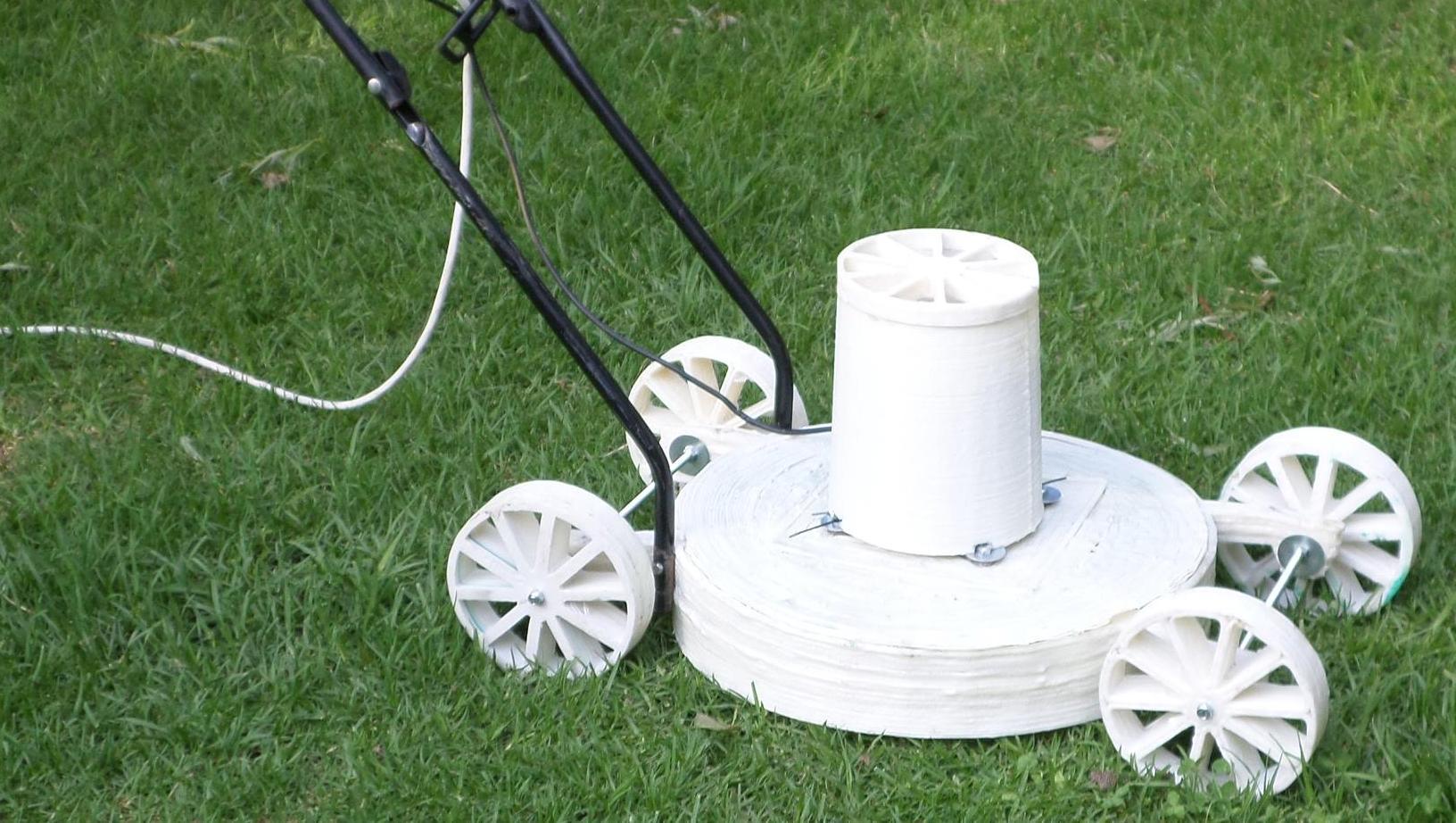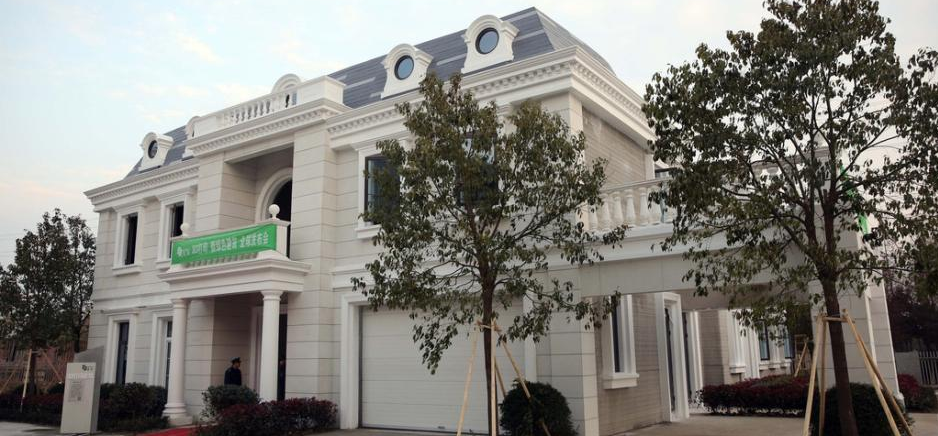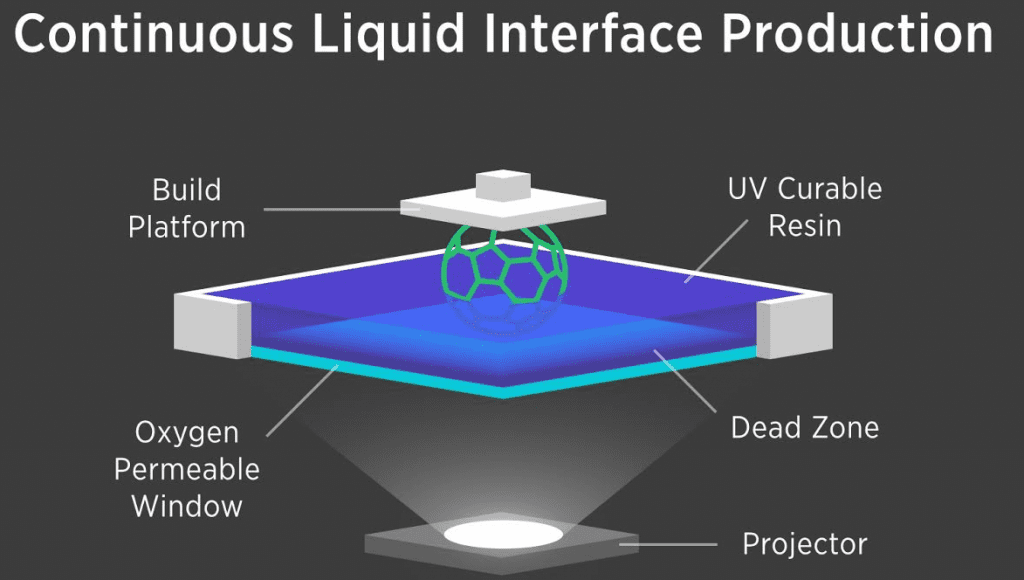ScienceRocks
Democrat all the way!
- Thread starter
- Banned
- #241
Fifth graders 3D print a prosthetic leg for Stumpy the turtle
By Nick Lavars

By Nick Lavars

Stumpy the box turtle had been short of a limb since the amputation of her injured front leg. But a group of fifth graders have put its school's 3D printer to use and produced a custom-made prosthetic inspired by a classroom chair, saving Stumpy from life with a lopsided hobble.









